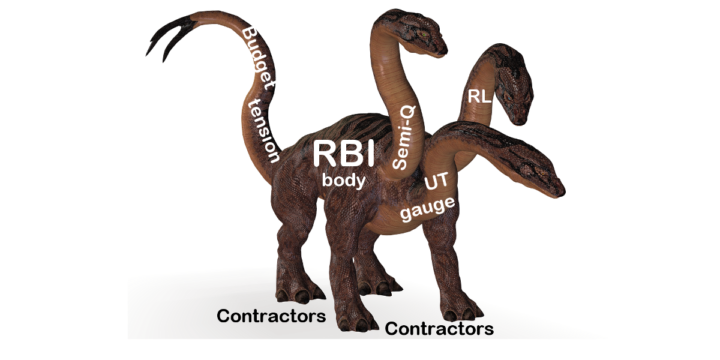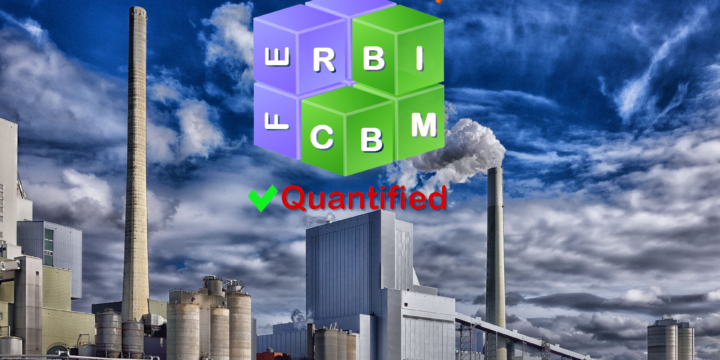
10 major problems of RBI – Solved!
Here we identify 10 typical and ever-returning problems of traditional RBI methods and eliminate them forever via our new RBI methodology.Get ready for novel ideas beyond the traditional thinking and get ready to discover a holistically new upgraded World of Asset Integrity for the future. Problems: NDT tools and coverage Firstly, cheaper corrosion inspection tools (manual UT) remain overwhelmingly popular. In return, they produce a false scatter of thickness readings. This scatter often triggers follow-up inspections, can also drive incorrect decisions. More importantly, the choice of UT spots and the extent of inspection coverage is a 'boomerang' problem in every RBI round. One solution is expanding the inspection coverage. Though, it isn't a panacea due to high costs. A human factor in RBI planning also contributes: Less importantly, but changing…







